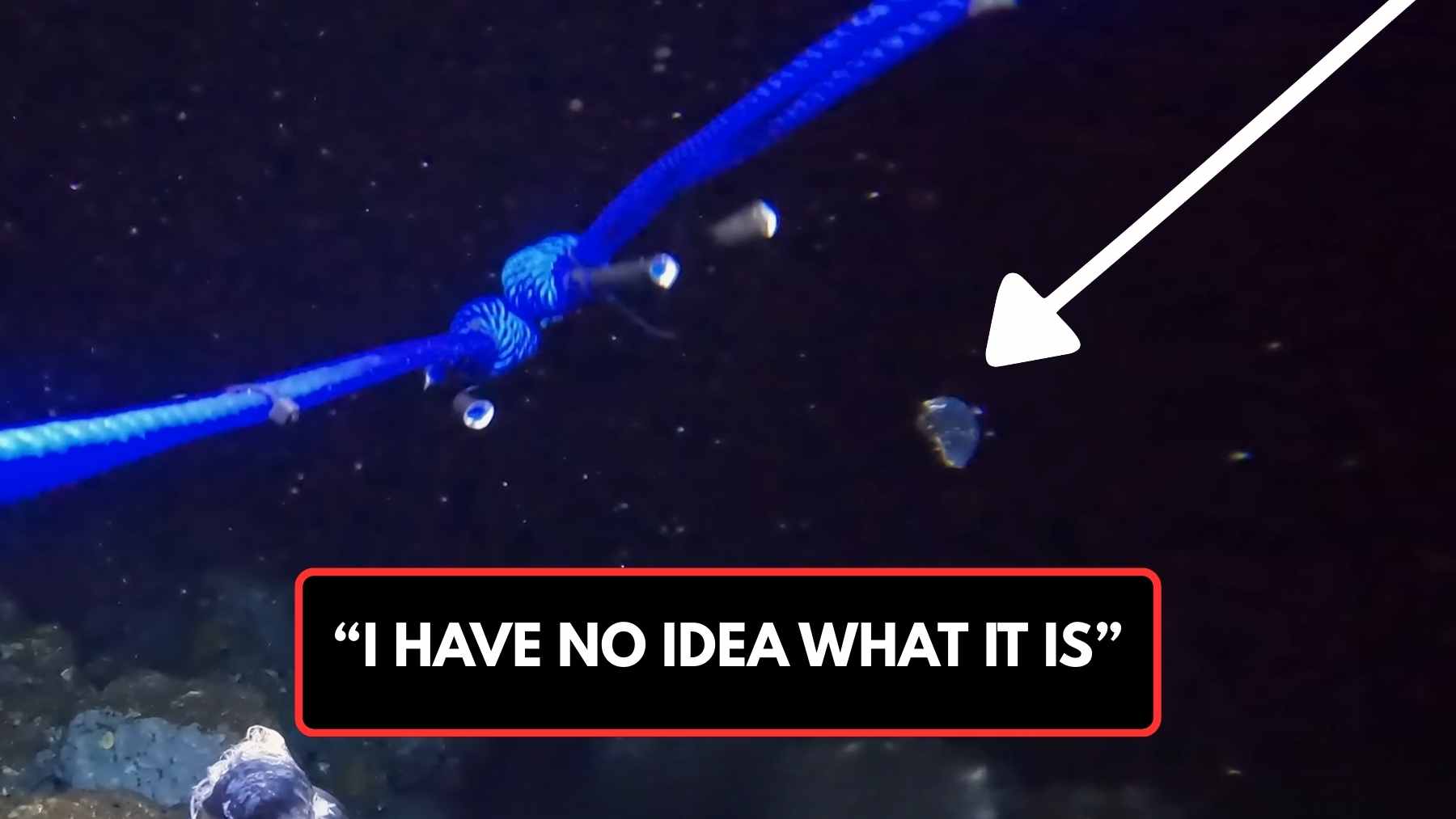A geyser eruption in Reeves County, West Texas, catches national and international attention bringing environmental concerns and safety hazards pertaining to the Permian Basin to the fore. It spewed briny water mixed with oil and lethal hydrogen sulfide gas 100 feet into the air and brought to light the dangers of aging infrastructure and wastewater disposal practices in this area.
Zombie well erupts with toxic gas in West Texas raising health and safety concerns
It seems that this eruption’s source is what some call a “zombie well”-an abandoned oil or gas well that has been improperly plugged and is now leaking toxic chemicals into groundwater or, worse, blowing. This well is believed to be from 1961 and runs for over 11,000 ft underground, across oil-producing, wastewater injection zones, and water deposits.
Hence, it forms a toxic mix of light crude oil, brine, and dangerously high levels of hydrogen sulfide gas-detected at levels over 200 parts per million concentration that can cause serious effects on health, including nausea, headache, and respiratory discomfort.
Local officials and environmental experts criticized the Texas Railroad Commission (RRC), which regulates the oil and gas industry in the state, on not acting about this. They said that the RRC would not make stringent plugging of abandoned wells and that left the area exposed to destruction like that one. Although an inspector has been on-site since the eruption, the RRC still has not taken action to identify the party responsible for this disaster or to take decisive action against the violator.
The illusive menace of toxic wastewater behind the oil boom of Permian Basin
The oil boom in the Permian Basin has also another hidden aspect Behind it: over 20 million barrels per day of toxic wastewater. Corrosive salts, chemicals, and naturally occurring radioactive materials find their way into the waste, which is usually injected underground.
In terms of the disposal of such effluent, it is, however, associated with the rise in earthquakes in the region, establishing five tremors in Toyah just days before the geyser eruption. Injection of wastewater at very high temperatures or pressures can lead to instability within fault lines, in turn result in seismic activity and increase the chances of blowouts in wells located nearby.
A similar geyser incident relating to wastewater injection has been linked to Crane County in a Southern Methodist University study conducted in 2022. The researchers indicated that the increase in blowout risk across the Permian raises concern regarding the sustainability of the current disposal methods.
Wells and responsibility abandoned: The ownership debate in Reeves County
Additionally, there is uncertainty about whose responsibility it is to own and maintain old wells. This well in Reeves County was tied to the El Paso Natural Gas Company, which was brought out to Kinder Morgan in 2013. However, this company denies any involvement, as it says that the blowout was unrelated to its pipeline operations.
Thus, the troubled history of ownership, worsened by economic instability in the industry, usually ends up having no clear entity responsible for managing those aging wells. Local officials have been disinclined to raise this matter for the obvious reason: the county is craving tax revenue from oil and gas companies.
This reluctance, combined with outdated regulations and weak enforcement, creates an extremely dangerous status quo in which environmental fallouts are ignored or underreported. The eruption of the geyser in Reeves County reveals the dangers that oil and gas operations pose, in terms of public health and environmental degradation, in Texas.
There is urgent need for addressing concerns of aging infrastructure, and the disposal of wastewaters. Stronger regulations, clearer accountability for abandoned wells and safer disposal practices will prevent future disasters. The continuing eruption serves notice on industry leaders and regulators to wake up.














